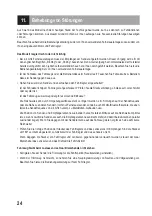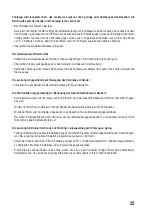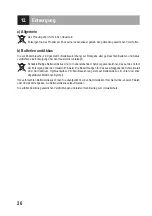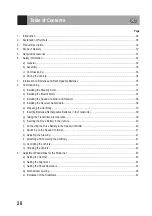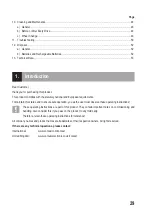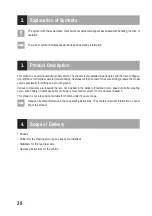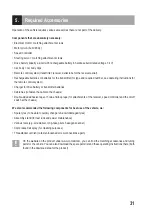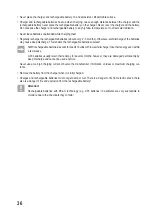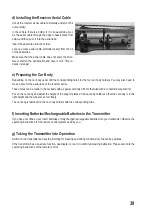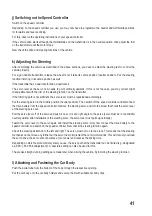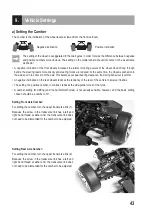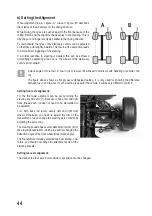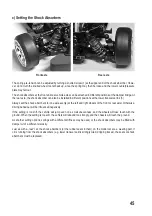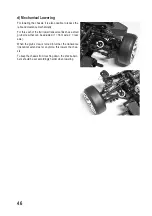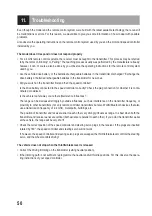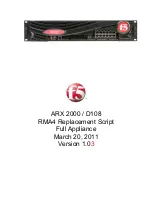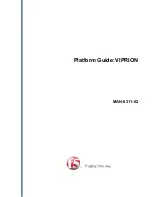
38
The motor pinion and the main pinion now engage without clearance. However, this is not perfect for the service life
of the gears!
Put a thin paper strip (no more than 80 g paper!) between the motor pinion and the main pinion. Then manually turn
the main pinion so that the paper strip is pulled in between the two pinions.
The pressure of the paper pushes back the electric motor by the required measure.
Now tighten the motor‘s attachment screws again in this position.
If you then turn back the main cogwheel so that the paper strip can be removed again, both cogwheels should have
the correct distance.
Ideally, the motor pinion should be as close as possible to the main pinion without the teeth touching and the
gears therefore being tight.
If the cogwheels (motor pinion and main cogwheel) are too far apart, the main cogwheel teeth will be virtually
shaved off by the motor pinion after a few seconds - this will void the warranty/guarantee!
If the motor pinion presses against the main cogwheel (teeth are running without play), this will decrease
performance, increase power consumption (the motor already requires lots of power to turn the main gear)
and lead to premature wear.
c) Installing the Speed Controller and Receiver
The speed controller should be placed between the motor and the steering servo to achieve a low vehicle centre of
gravity. Attach the speed controller to the chassis, e.g. with double-sided adhesive tape.
The on/off switch of the speed controller should be installed in a suitable location where it can be reached easily.
Depending on the build of the on/off switch, it can also be attached to the chassis with double-sided adhesive tape.
Connect the speed controller output cables to the motor. Observe the operating instructions for the speed controller
or motor used by you.
The receiver can be installed on the chassis between the speed controller and the steering servo; you can also place
it on the steering servo. Use a strip of double-sided adhesive tape, as for the speed controller.
Connect the steering servo and speed controller cables to the correct receiver channel; observe correct polarity in
the receiver.
Attach all cables with cable ties so that they are properly placed and cannot get into the drive (gears or toothed belt).
Also ensure that a fan installed on the speed controller (if present) is not impaired in its function.
To prevent interferences and reception problems, the cable of the receiver aerial should not be tied to any other ca-
bles. This also applies to the cables of the steering servo/speed controller. Do not bundle them with cables between
the speed controller and the motor.

